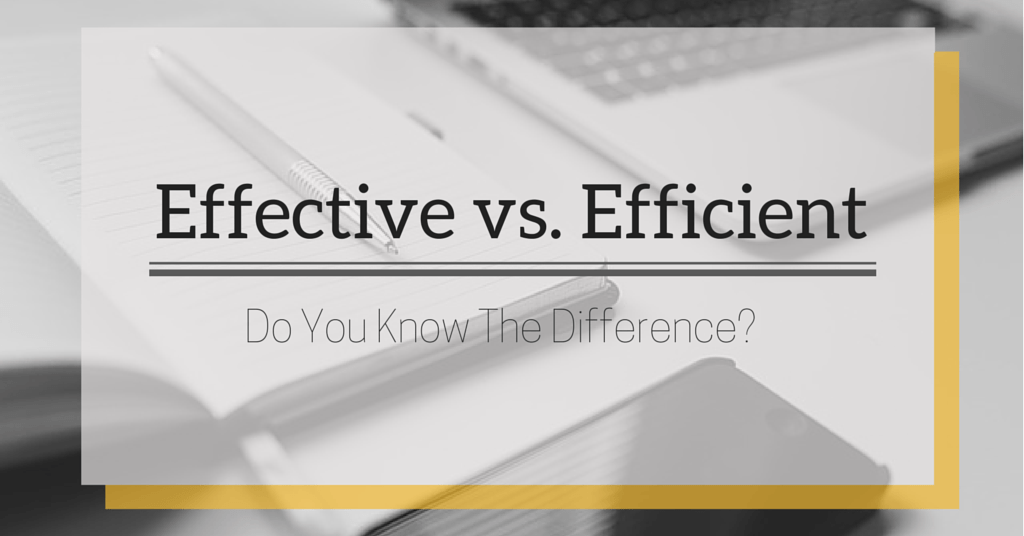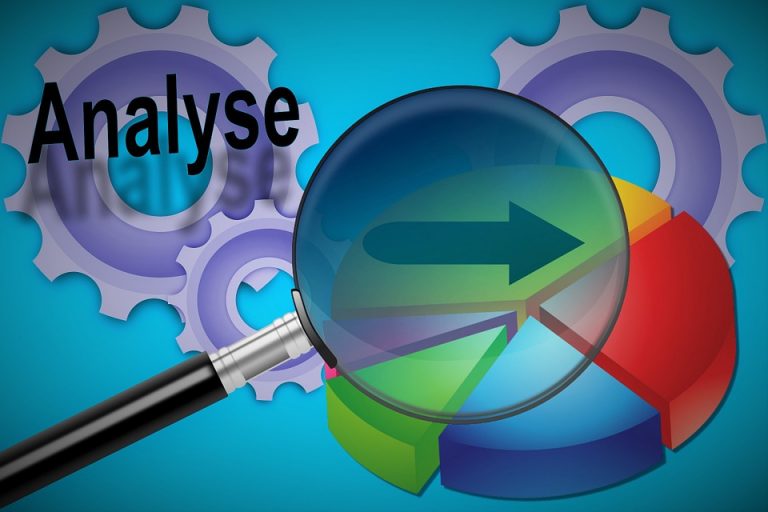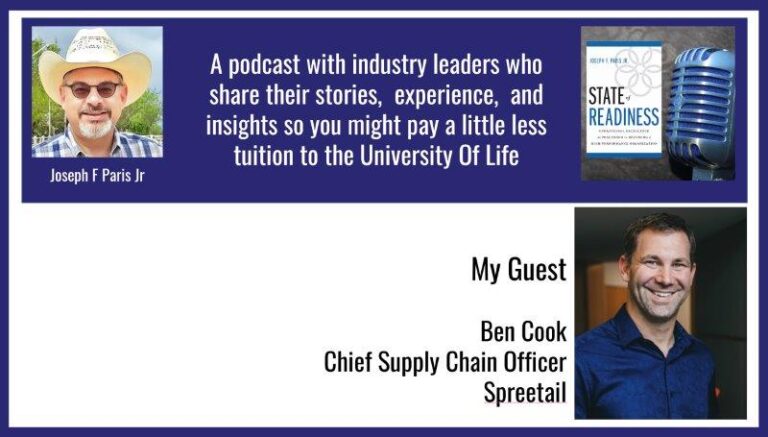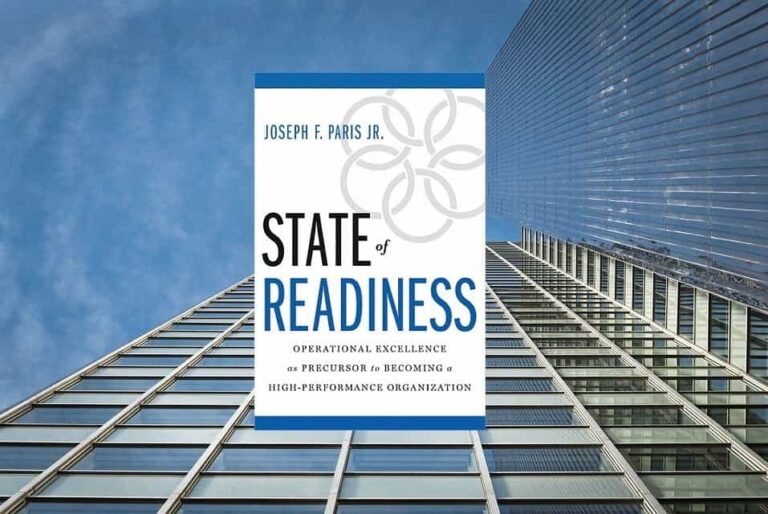Effective vs. Efficient – When it Comes to Defining Quality
Many people confuse effectiveness with efficiency. Organizations strive to be more efficient and in doing so, forget about how effective their actions really are. It should not come as a surprise that often the price for greater efficiency is less effectiveness. One of the first steps to take is to understand what efficiency and effectiveness mean. Judging by the unclear definitions below, I can understand the confusion.
Definitions:
Efficient
Oxford dictionary: The state or quality of being efficient: greater energy efficiency
Dictionary.com: the ration of work done or energy developed by a machine, engine, etc., to the energy supplied to it, usually expressed as a percentage.
World English Dictionary: competence; effectiveness
Physics: Efficient energy use – useful work per quantity of energy
Economics: economic efficiency – a general term, capturing the amount of waste or other undesirable features
Other Science: e.g. algorithmic efficiency – optimizing the speed and memory requirements of a computer program
Engineering & Technology: storage efficiency – measure of effectiveness of computer data storage
Effective
Oxford dictionary: successful in producing a desired or intended result; effective solutions to environmental problems
Operative: the agreements will be effective from November
Dictionary.com: adequate to accomplish a purpose; producing the intended or expected result; effective teaching methods; effective steps toward peace.
Actually in operation or in force; functioning: The law becomes effective at midnight.
Producing a deep or vivid impression; striking: an effective photograph.
Prepared and available for service, esp. military service.
World English Dictionary: productive of or capable of producing a result
Things seem to be a bit clearer when we look at the opposite of Efficiency à
Inefficiency
The Oxford dictionary states:
Adj. not achieving maximum productivity; wasting or failing to make the best use of time or resources; an old, inefficient factory; the government was both inefficient and corrupt.
What do the definitions tell us?
Oxford Dictionary further suggests: “…use effective when you want to describe something that produces a definite effect or result. Reserve the use of efficient for when you want to imply skill and economy of energy in producing the desired result.”
Stephen R. Covey writes in First Things First, “Efficiency is getting more done in less time. It makes good sense. We get more done. We reduce or even eliminate waste. We’re streamlined. We’re faster. We’re leveraged. The increase in productivity is incredible. But the underlying assumption is that ‘more’ and ‘faster’ are better. Is that necessarily true? There is a vital difference between efficiency and effectiveness.”
Peter R. Scoltes in The Leader’s Handbook explains, “Effectiveness is doing the right thing. Efficiency is doing things right.”
Russell Ackoff claims that it is better to do the right things poorly (inefficient effectiveness) than to do the wrong things well (efficient ineffectiveness). For example, we are becoming more and more efficient at building cars in a world that is less and less able to tolerate their existence.
I can be very efficient and increase the speed to complete my tasks I need to do today. I can get things done rapidly, but how effective have I been? Would I have achieved my goals? Isn’t there a need to take some time to think about what it is that I want to be efficient in? Should I create a list of priorities first? Should I prioritize my tasks into groups: Important, Urgent, Not Important but Urgent and Not Urgent but Important headings and then start with the tasks in the list ‘Urgent and Important’?
The right question to ask is “Is this the right thing to do?” Once this question is answered with, “Yes, it is effective to do this”, you have arrived at the point where efficiency needs to be considered. Remember though that sometimes inefficiency is better that efficiency.
The Customer
It appears that we need to start with effectiveness first before we can even consider efficiency. Efficiency is more looking inwardly (into the bowls of the organization) while effectiveness looks outside the organization – the Customer (which is one of the four organisational stakeholders: Shareholders, Employees, Suppliers, & Customer.)
Effectiveness involves achieving your worthwhile goals that support your vision and mission. If an organization’s vision does not include the customer then efficiency is a waste of time.
Successful organizations demonstrate an understanding of what their customer wants and are willing to pay for. They improve their processes in order to not only meet the customers’ needs, but to strive exceeding those needs.
Kano Model
Basic Quality curve represents dissatisfaction – providing basic quality is not enough to create Customer satisfaction.
Expected Quality curve represents what the Customer explicitly considers. Satisfaction increases as more expectations are met.
Exiting Quality curve represents satisfaction. Exiting Quality represents unexpected quality items, it excites the customer.
Figure 1 – Kano Model Perspective
Defining Quality
Traditionally, quality has been associated with the product or service that a customer receives.
In my last job, I was asked to create a quality framework. Before even starting with the strategy, I wanted to focus on the structure first, but even before that I insisted on a brainstorming session to define quality. As is the case with efficiency and effectiveness, ‘quality’ is another word that has as many meanings as there are people using it. However, I felt it was important to have a common understanding by defining ‘quality’ as an organization before we could map out a framework.
First, we came up with a set of paragraphs which grew longer and longer. We realized that defining quality was very difficult. We used some quotes as guidelines – below are some examples of Quality definitions/quotes:
- Is not a program, it is an approach to business.
- Is a collection of powerful tools and concepts that have proven to work.
- Is defined by the customer through their satisfaction.
- Includes continuous improvement and breakthrough events.
- Tools and techniques applicable in every aspect of the business.
- A process with the goal of identifying and meeting customer needs and improving service quality.
- WOW!
Deming defined quality “conforming to requirements” while Juran originally defined it as “Fitness for use”, but later changed it to “Fitness for purpose”.
We realized that we needed the word ‘consistently’ in our definition. You can provide a consistent mediocre service, but that is preferable to service that is excellent one minute and extremely bad the next.
We also kept the Kano model in mind and concluded that meeting Customers’ expectations was the key to satisfaction, loyalty and repurchase. Eventually, we defined quality as: “Consistently and efficiently meeting Customers’ expectations”. As an agreed definition of quality in the organization, we were now able to focus on the structure of the framework.
In the meantime, I have left that company and upon reflection, realize that this statement, although a good starting point for the company at the time, is not good enough. We did not realize the difference between efficiency and effectiveness. Efficiency has very little to do with the paying customer, it is effectiveness that is the key, and with that in mind I want to rephrase the definition of quality to: “Consistently and effectively exceeding Customers’ expectations.”
Also, just meeting Customers’ expectations was not a high enough target, we need to set the bar higher and aim to exceed Customers’ expectations. Lean Six Sigma can help to achieve that target as I have indicated on the Kano model above. However Lean Six Sigma will only bring an organization so far up the ladder. It is with creative management, through competitive pressure and by adding value that an organization will achieve the WOW- factor.
In my view, the successful marriage of Lean and Six Sigma into Lean Six Sigma is due to the fact that efficiency and effectiveness are both addressed in the marriage.
| Comparison | 6 Sigma | Lean |
| Goal | Improve Process Capability and Reduce Variation | Reduce lead times and process waste |
| Focus | Process inputs | Process flow and waste |
| Philosophy | Variability within specification is cost | Time in system and overcapacity is cost |
| Tools | Statistical Analysis | Factor Physics |
| Approach | DMAIC problem solving methodology | Value stream mapping and lean technologies |
| Application | Production & Business Processes | Production + Business Processes |
| Measure | DPMO (Defects per million opportunities) | Lead time |
| Driver | CTQ (Critical to quality) | Value add |
| Project select | Problem solving | Continuous Improvement |
| Gains | Process accuracy and Quality (effectiveness) | Process efficiency and Delivery |
Figure 2 – Comparison between Lean & Six Sigma
One of the reasons Lean Six Sigma has survived so long, in my opinion, is because of the overlap and ability to address most areas of importance in an organization. In the absence of a better methodology that goes even further than the point I indicated in the Kano model, most organizations would be extremely happy if they achieved the Lean Six Sigma standard of quality in the Kano model.
Georges Van Cauwenbergh has worked with several large international companies such as Hewlett Packard, SITEL and IBM and prior to that, was self-employed in the IT industry for more than 15 years. He became Senior Lean Six Sigma Black Belt in the “World Wide Process Innovation Team” in IBM where he also worked for 1 year creating the Green Sigma TM methodology, which is now part of IBM’s ‘Smarter Buildings’. He received certification recently as a ‘Trainer in further education’ from Maynooth University (Ireland) and is starting a Lean Six Sigma Master Black Belt.
Contact him at Georgesvc@eircom.net







